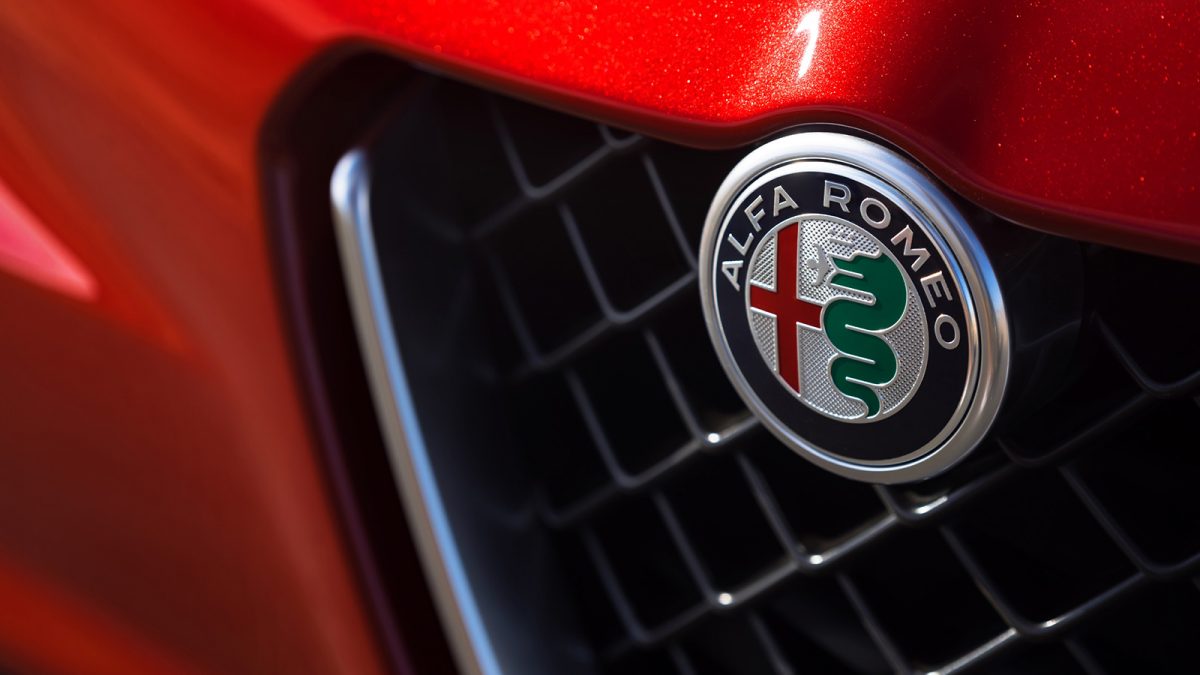Sometimes you will find yourself on lady luck’s ‘shit list’, which sucks, but life is like that. However, no amount of divine avarice will land you in a Sisyphean-like loop. Not unless a prankster god is doing it for the shits and the giggles. Because being the butt of a grand cosmic comedy is the only way to explain the predicament Alfa Romeo finds itself in, again.
During a recent round table discussion, Jean-Philippe Imparato, CEO of Alfa Romeo, confirmed that it will be discontinuing the use of its multi-billion Euro Giorgio platform. Instead, the brand will develop – and adopt – a new STLA large vehicle architecture for its new owners, Stellantis.
Alfa Romeo Giorgio, killed in its prime
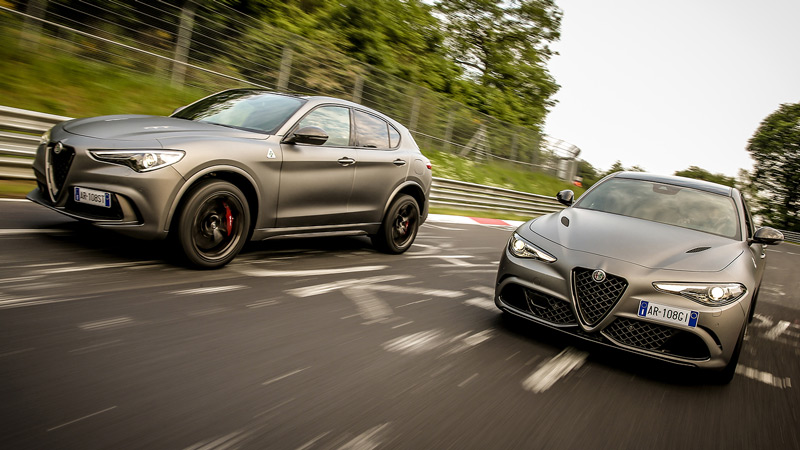
The Giorgio was the final and perhaps greatest achievement of Alfa Romeo in the Sergio Marchionne era. Developed to challenge the dominant BMW 3 Series at its own game and released in 2015, Alfa’s new architecture was a hit right out of the box.
Reviewers lavished praise over its handling, saying it delivers the finesse to rival BMW. Some even believed it to be the superior of the two. Either way, Alfa is back with bold plans to use the new platform for 15 new models! Enthusiasts around the world were giddy with excitement. It isn’t as though Marchionne never delivered on a promise.

Six years on and the Giulia sedan and its Stelvio SUV offshoot are the only adopters of Alfa Romeo’s crowning jewel. Models that aren’t ruling the roost in their respective markets or making a huge return on their investment.
Unfortunately for Alfa Romeo, its new head honcho at Stellantis, Carlos Tavares, didn’t foot the bill. So, he couldn’t care less for the Giorgio’s untimely fate. To him, there are bigger fishes to fry.
A necessary end
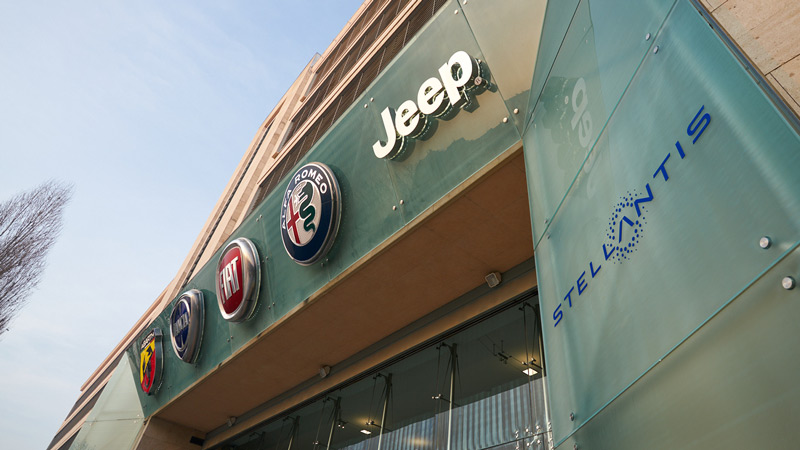
Though it appears the Giorgio’s discontinuation was out of hysteria, the thinking behind it is rational. It might have been one of the finest chassis in its class, but Alfa’s engineers never thought to future-proof it for electrified drivetrains. Even though the rivalling BMW chassis had electrification in mind already. Bless their Italian hearts.
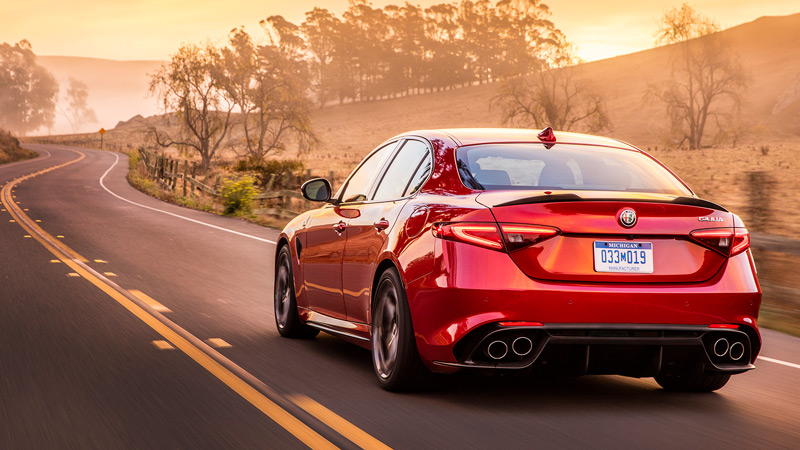
With combustion engine bans on the horizon and a giant mess of brands to handle, Tavares intends to rationalise the group’s products to just four electrification-ready platforms. That caveat immediately excludes the Giorgio from his master plan.

With the Giorgio out of the picture, it looks like the much-vaunted Alfa Romeo revival is back on the backburner. For those Alfisti romanticists, it seems like we have been here before. Rightly so, for this is only the third time the storied name is back at the drawing board since the turn of the millennium.
Alfa’s first attempt at a revival
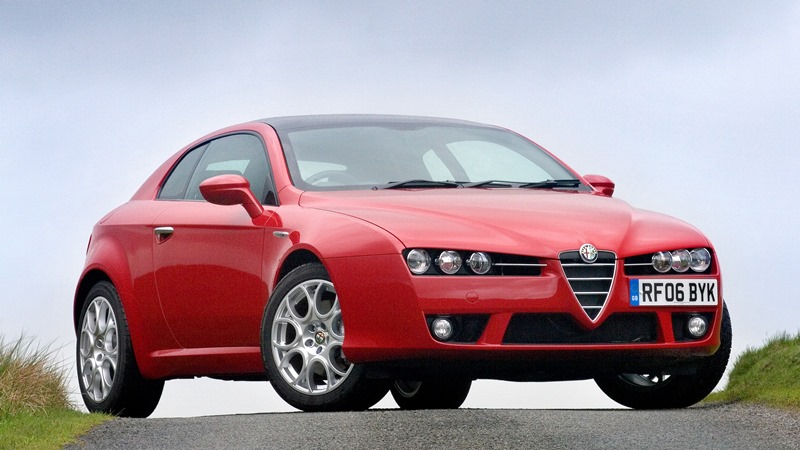
Alfa Romeo’s fall from grace started with the tragic unbecoming of the ambitious Alfasud. With its finances and reputation ruined, the company struggled with lacklustre products upfront and politicking in the background.
It wasn’t until the successful Walter de Silva-penned 156 came around that there was a ray of hope for the beleaguered name. Many saw the stars of brand prestige and competent products aligning. Could a 21st century Alfa Romeo revival be possible?

Alfistis didn’t have to wait long. With the 156 nearing the end of its lifespan, Alfa Romeo bravely proclaimed that it was on the cusp of a new chapter in its history. In 2004, the company poached Karl-Heinz Kalbfell, a BMW luminary who laid the foundation of everything we lionise about BMW today and returned Rolls-Royce to spectacular form.
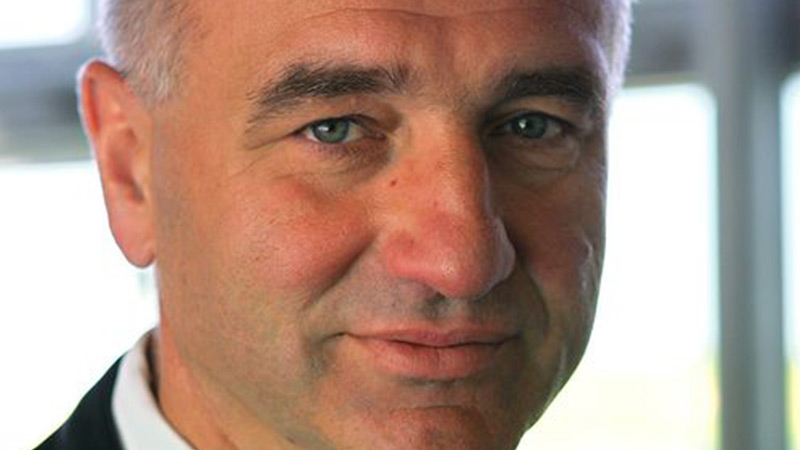
That same year, the company launched its revival hopes on the back of the arresting Brera coupe, the equally gorgeous 159 sedan, and a sensational new 8C Competizione flagship. The last of that was to be the spearhead of Alfa’s return to the United States.
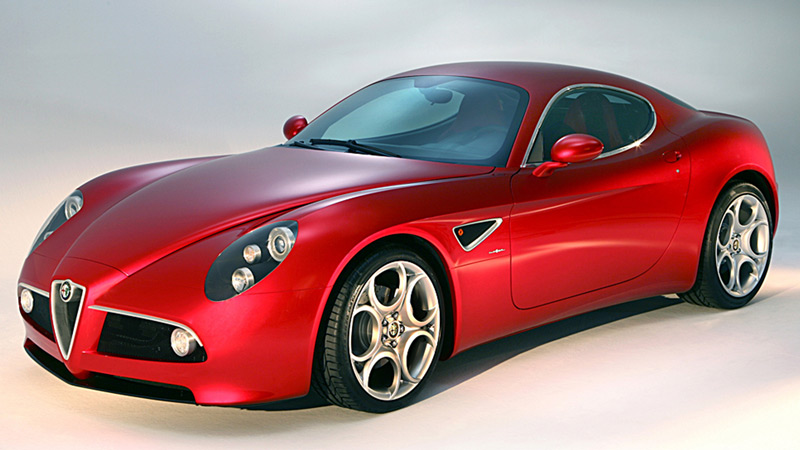
The ingredients were ready, and the stars were aligning. It looks as though the famed Milanese name would return to its rightful place as the preeminent carmaker. Then, nothing much happened – on the surface at least. Behind closed doors, a lot of events took place, and unsavoury ones by the aftermath of it.
What went wrong at Alfa Romeo?

Kalbfell barely had any time to warm his seat before newly appointed Fiat boss, Marchionne, moved him over to Maserati in late 2005. By 2006, Kalbfell had enough and left. In his absence, the brand saw a cavalcade of executives moving through its top spot every time Marchionne changed his mind on what it should become.
On the forecourt, Alfa’s products were turning out to be a slow-moving wreck. As beautiful as they were, the 159 and Brera were woefully inferior to their predecessors. Its ponderous General Motors platform and wheezy engines made the pair hilariously outclassed by nearly everything in its segment.
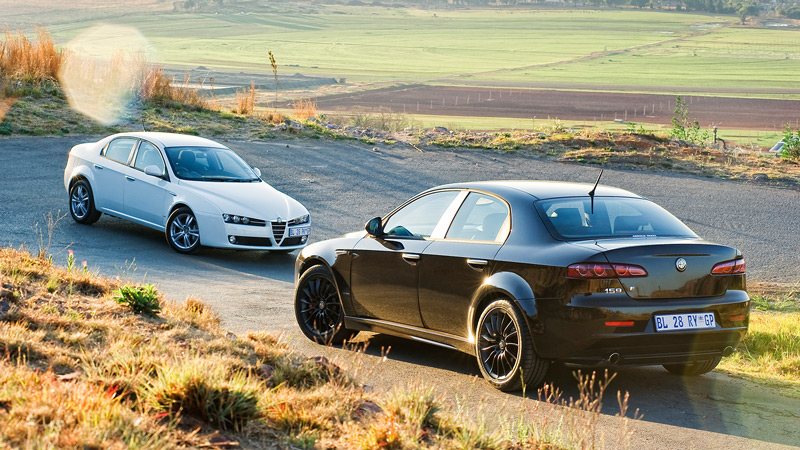
The limited-edition 8C Competizione never quite made the splash in the United States Alfa Romeo were hoping. With only 84 examples sold and serviced through Maserati dealerships in the States, the 8C was a spearhead, with no shaft.
No worries, with the 8C around as its flagship, surely Alfa is on the cusp of a new – and sexy – era. Marchionne also rid the company of its ill-fated relationship with General Motors and will adopt its own chassis. What could possibly go wrong with its second attempt at a restart?
Alfa’s second attempt at a revival

The MiTo. Alfa Romeo gave the world the MiTo. A 2008 inbred monstrosity that wore the skin of its elders and looked less elegant or appealing than Alfa’s own Il Mostro. And it came out just as the handsome 147-based GT coupe, the Brera, and 159 were bowing out.
But Marchionne-led Alfa Romeo was not quite done yet. In 2009, Fiat sought to acquire bankrupt Chrysler after the financial world was coming apart at its seams. During takeover proceedings, Marchionne proposed that Alfa could make a North American market return with its new 147 hatchback replacement.

Again, nothing came of it. The new hatchback model, the Giulietta never made the Atlantic crossing. Instead, the newly-formed FCA giant used the Giulietta’s underpinnings to create the Chrysler 200. A car that sold for two years and became a monumental flop.
Not as though the Giulietta rearranged the pecking order of its home market either. It never did recapture the magic of the old 147. Instead, it languished for the next decade as the inferior alternative to the all-conquering Volkswagen Golf and its many derivatives. So back down the slope for you Alfa.
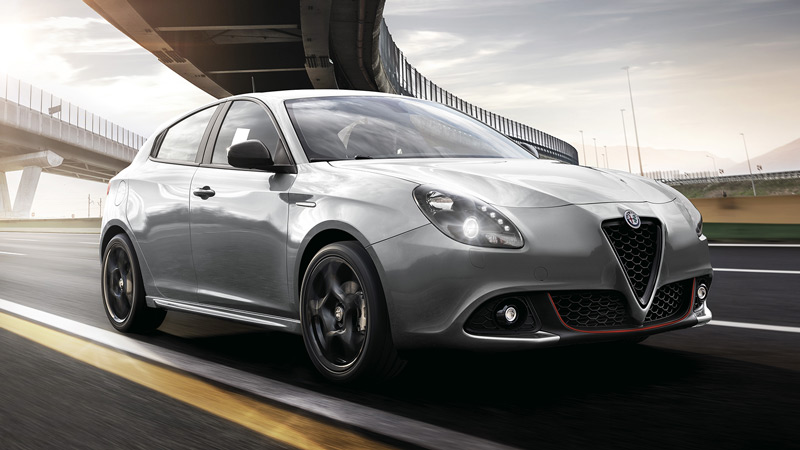
As they say, if you don’t succeed, try and try again. Luckily Alfa Romeo’s third shot for the stars came shortly after the Giulietta’s 2010 introduction. This time around, the company wasn’t half-assing it.
Actual technology was being developed and no carryover platforms were going to be used. This new creation would be a true trickle-down child of the 8C, and it won’t look like a squashed pig. Plus, it will be sold in North America too.
Alfa’s third attempt at a revival

In 2013, Alfa Romeo delivered on its promise, for once. The Alfa Romeo 4C was a ground-breaking sports car with a bespoke chassis made from a new, more affordable form of carbon fibre. Not only that, it looked as pretty as the 8C, making it the perfect poster child for Alfa Romeo’s grand re-entry into the North American market.
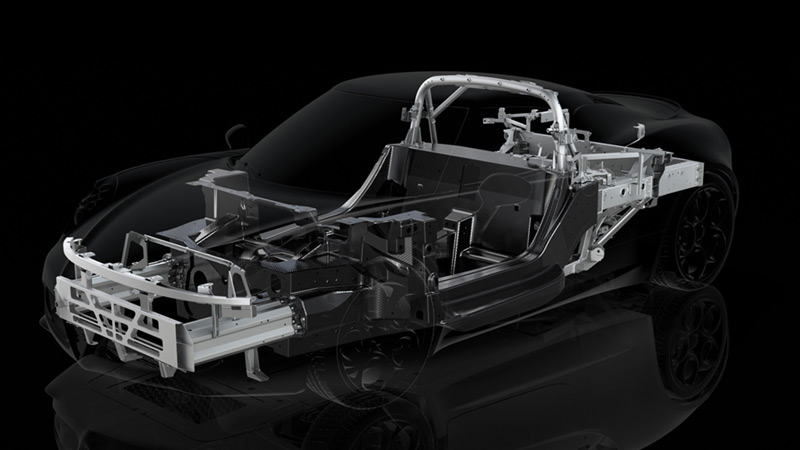
Two years after the 4C’s introduction, Alfa’s real showrunner arrived, the Giulia. Finally, with an executive sedan, SUV, and a relatively attainable performance model, Alfa Romeo had all the parts for a successful pie. The third time truly is the charm. Its Sisyphean task is almost at an end. That is until a man from Peugeot came along.
Make way for electric cars
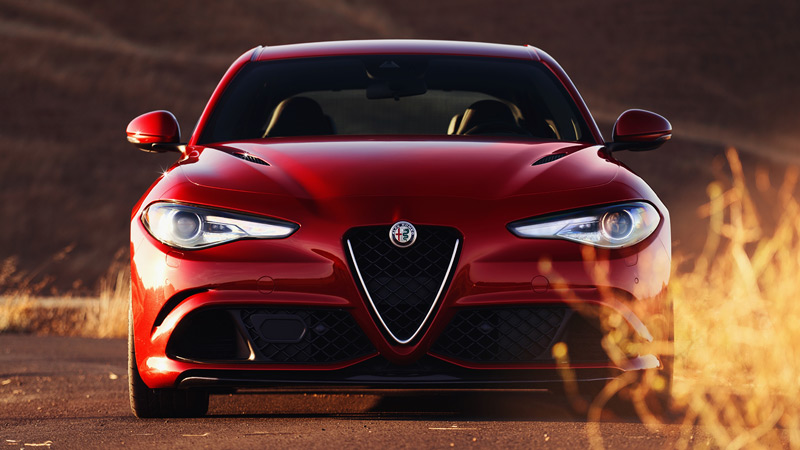
This isn’t to say that Alfa Romeo is doomed to forever push its burden of expectations uphill. Who knows, Tavares might have a clear goal for the illustrious brand in mind. With Audi, BMW, and Mercedes-Benz committed to electrified models, a likewise competitor should follow suit.
Not only that. Customer expectations for premium brands regarding electric and hybrid models have shifted. No longer a fringe niche, many tout electric cars as the new must-have for premium car buyers. So, in light of the change, embracing electrification would be the rational thing to do.

Trouble doesn’t so much lie with Alfa Romeo. Over the last three attempts at a revival, trouble didn’t come from within, but from overseers in the parent company.
Stellantis could be the benevolent benefactor that breaks Alfa Romeo free from its Sisyphean curse. Or it could exacerbate it even further. Managing 14 brands is no joke. And we are yet to see if Tavares can get them all to toe the line.

If Stellantis fails to juggle all its brands, give each the proper attention or defining its marketspace properly, Alfa Romeo might find itself in the same rut again. Customers who were interested in the brand will be frustrated with the sudden change in direction and discontinuation of its products. This leaves the company having to scrape together what goodwill there is left and build back its presence from scratch.
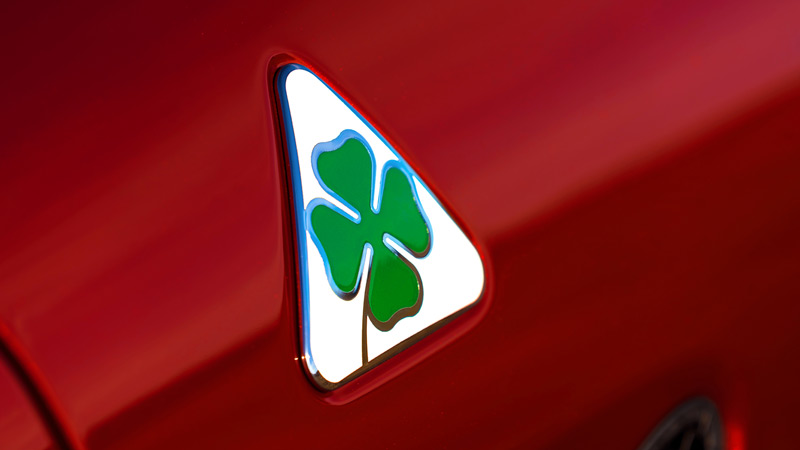
Whether Alfa Romeo will finally break the cycle lies squarely with Stellantis. But for now, the company can only get behind that rock of expectations and get pushing.

